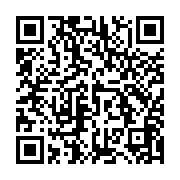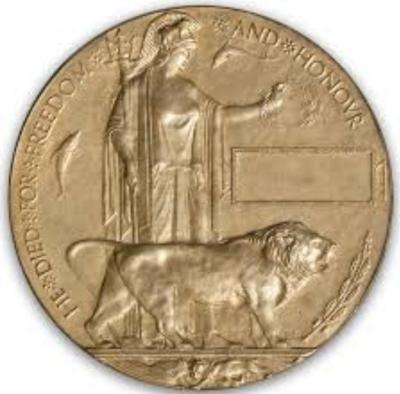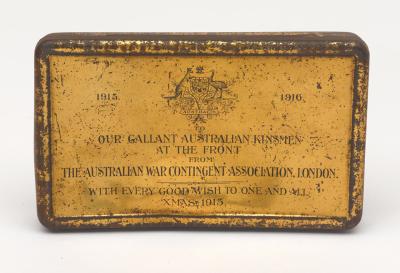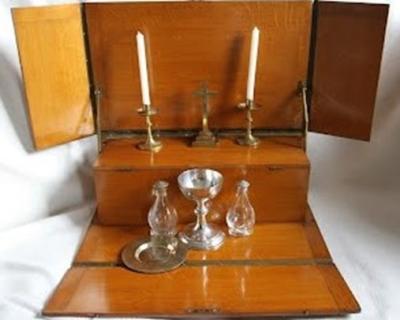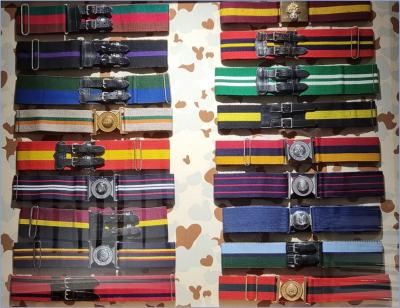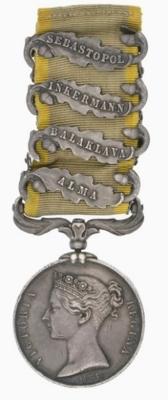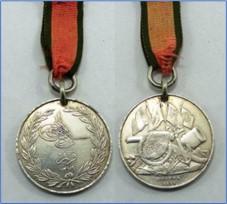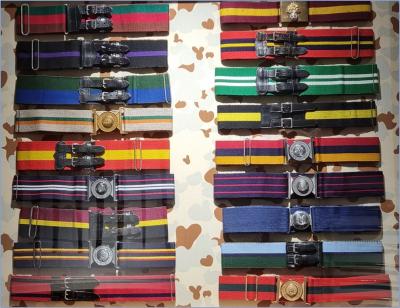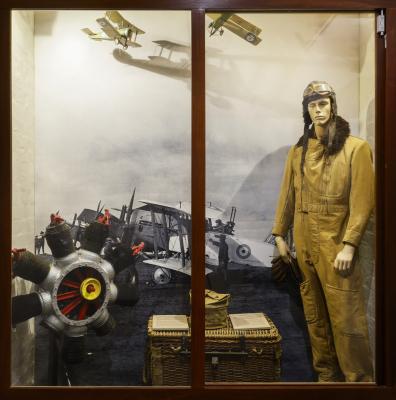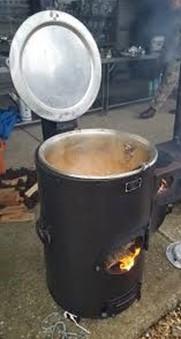Embroidered Postcards - 7345 Private Bert Crockenberg, 11 Battalion AIF
Examples of embroidered postcards sent from the Western Front (France and Belgium) by 7345 Private Bert Crockenberg to his wife Caroline. The postcard are not inscribed indicating that they were likely enclosed within letters. The postcards retain their original bright colours and are in excellent condition.As part of the donation documentation, the donor related the family history of the postcards:
“These Post Cards were forwarded to my paternal grandmother, Caroline Crockenberg, (who subsequently became Miller) by her late husband, Bert Crockenberg, who died at Harbonnieres, France on 10 August 1918. Bert was in the 11th Battalion AIF and served on the Western Front from 1916 – 1918. Bert was wounded, sent back to England where he went AWOL, was recaptured, and returned to the Western Front where he was gassed several times prior to his death. We suspect he was the victim of a sniper bullet the day after a major battle in that region of France.”
“In WA he was a timber worker who was manpowered as an essential worker until he was laid off until mid-1916 when he volunteered and was shipped to France. The Crockenberg family lived, at Banksiadale, now a ghost town and in the catchment area of the South Dandalup Dam. Banksiadale was very close to Dwellingup – there were many Timber Mill towns in the area in those years. Bert and his father were originally from the Ferntree Gully timber mills in Victoria moving to Western Australia in the late 1800’s.”.
Embroidered silk postcards were first made in 1900 for the Paris Exposition. The popularity of silk postcards peaked during the First World War 1914 - 1918. A thriving cottage industry began around 1915 and the quality of the early silks was quite high. Postcard companies began to employ women to produce silks on a rough assembly line basis. The cards were generally hand embroidered on strips of silk mesh with as many as 25 on a strip. They were mostly embroidered by French women in their homes and then sent to the factories for cutting and mounting on postcards. As demand increased production switched to machine assistance. A machine that could do so had been invented in 1828 by Josué Heilmann (1796-1848) in Mulhouse, France. The machine was further developed over the following decades by various engineers and companies in Britain, France, Germany, and Switzerland. Basically, the hand-embroidery machine uses a pantograph to transfer the stitches. Each stitch is drawn out on a large-scale design and then its position is traced by an operator using a point on one arm of the pantograph. A series of needles responds to the movement of the pantograph arm. Each needle has an eye in the middle for the thread, and two sharp ends.
The needle is passed backwards and forwards through the ground cloth using a pincer system (double-sided pincer wagons), so imitating the action and appearance of hand embroidery. Each colour in the design is individually stitched (so all the blue parts, for example, are worked, and then the machine is re-threaded with a new colour), until the design is complete. The result closely resembles and is often mistaken for hand embroidery
Details
Details
As part of the documentation process, details of the family story were able to be confirmed. Bert was the only soldier with the name of Crockenberg to serve in the Australian Imperial Force. An examination of his service records reveals several instances of AWOL and significant awards of Field Punishment No 2. The wounding and gassing were also confirmed. Field punishment No. 1 consisted of heavy labouring duties, possibly being restrained in handcuffs or fetters, and being tied to a post or wheel. Field punishment No. 2 differed, in that the offender was not liable to be attached to a fixed object.Not included in the family story was the special commendation for gallantry by the Australian Corps Commander in 1917 and the posthumous award of the Military Medal for bravery in 1918, tributes to Bert’s valour and sacrifice.
Harbonnieres was part of the Battle of Amiens which was launched on 8 August 1918. Amiens was the start of the 100 Days offensive leading to the Armistice on 11 November 1918. General Ludendorff called 8 August 1918, “the black day of the German Army.”
Serving with 11 Battalion, Bert Heath was killed in action on 10 August 1918 at Harbonnieres, and is buried in Heath Cemetery alongside over 1,800 of his comrades.
The Australian Army Museum of WA has an extensive collection of embroidered postcards from World War 1. Most are in excellent condition reflecting their status as treasured keepsakes. Cards on display are routinely rotated and general exhibitions are periodically presented.
Australian Army Museum of Western Australia
Australian Army Museum of Western Australia
Other items from Australian Army Museum of Western Australia
- World War 1 Memorial Plaque - "Dead Man's Penny"
- Australian War Contingent Association Gift Tin - 1915
- World War 1, Medal Group including US Distinguished Service Cross, PADGETT, 44 Battalion
- Portable Altar and Communion Set Presented to Canon Robert Henry MOORE, Rural Priest and Australian Imperial Force Chaplain
- Uniform Accoutrements - Regimental and Corps Stable Belts
- British Crimean War Medal
- Turkish Crimean War Medal
- Regimental and Corps Stable Belts
- World War 1, Mannequin Display, SIDCOT Pattern Flying Suit
- Soyer Portable Army Catering Stove
- Wiles Mobile Junior Steam Cooker World War 2
- Motorised Submersible Canoe "Sleeping Beauty"

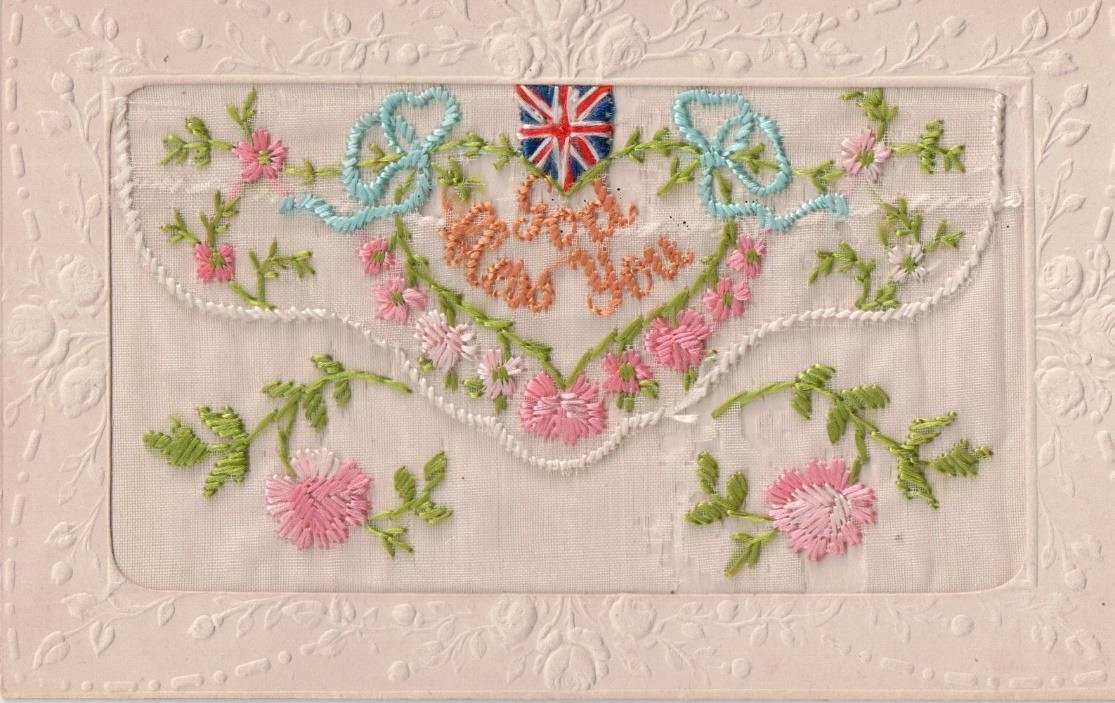
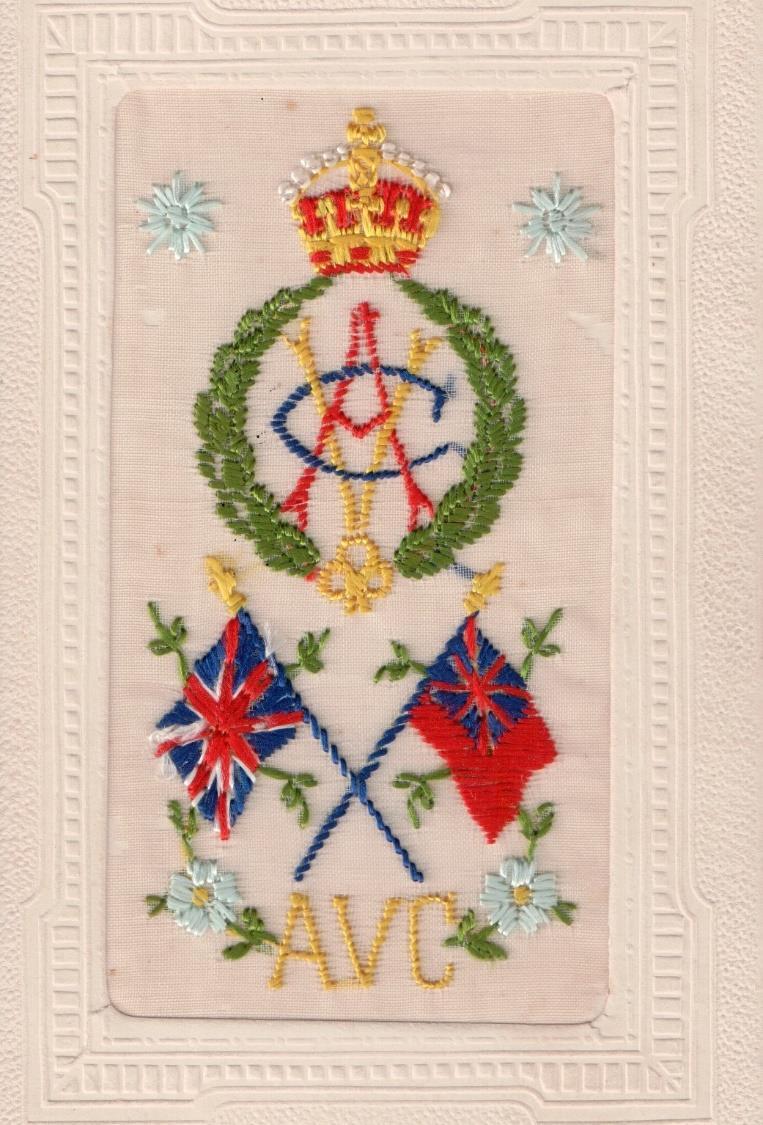
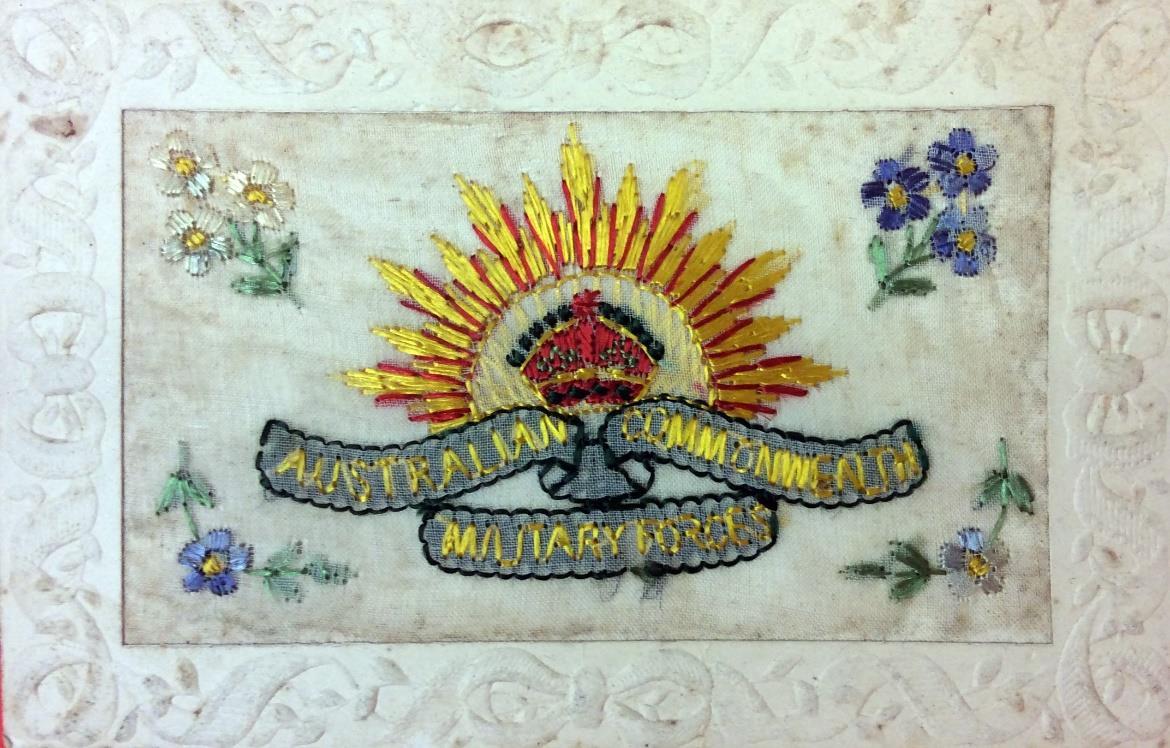
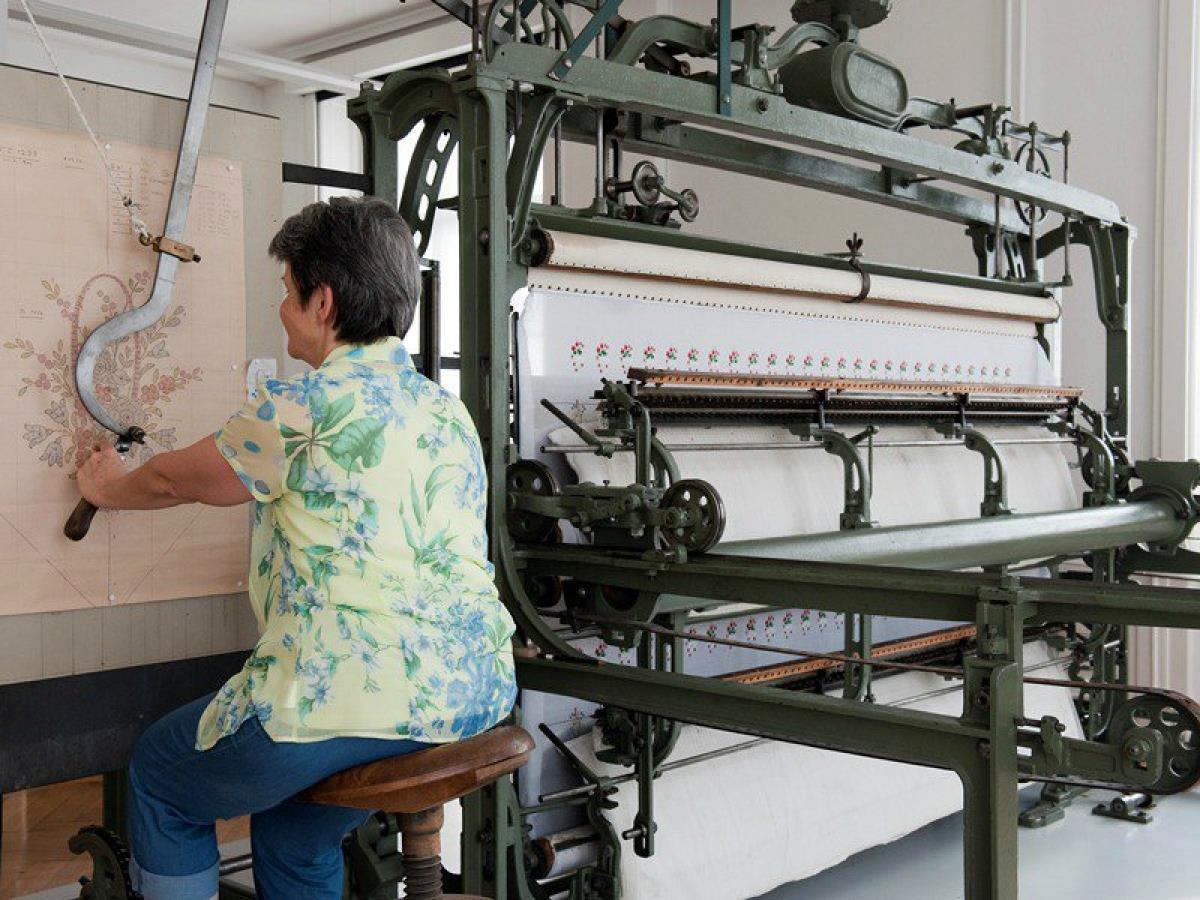
Scan this QR code to open this page on your phone ->
